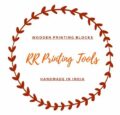Indian Fabric Printing Arts
How to Clean Wooden Printing Blocks
How To Clean Wooden Printing Blocks As you use your
DIY Block Printing Guide to do Block Printing
DIY Block Printing Guide to do Block Printing It’s necessary to have
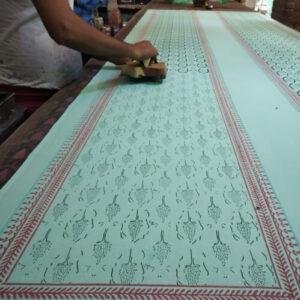
The Art of Block Printing With Wooden Printing Blocks
The Art of Block Printing with Wooden Printing Blocks Block


Batik Sarees
Batik Sarees Batik Prints have been making waves around the
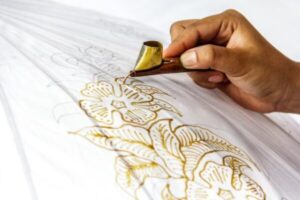
Batik Printing (Resist Printing with Wax)
Batik Printing Batik Print is an ancient form of handloom
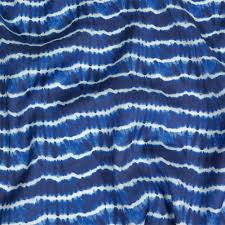
Leheriya Printing
Leheriya Printing Leheriya Prints is a traditional style of tye-dye
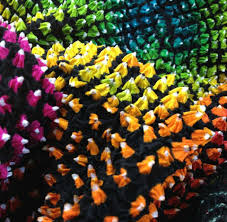
Bandhani Printing
Bandhani Printing Bandhani Prints is a type of tie and
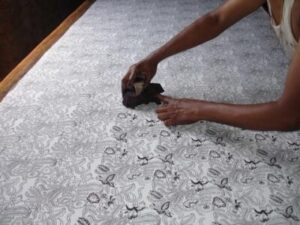
Sanganer and Bagru Block Printing
Sanganeri Block Printing Sanganer, the house of Sanganeri Block Printing

Dabu Block Prinitng
Dabu Block Printing The Art of Dabu Block Printing is
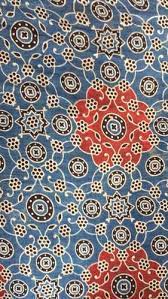
Ajrak Block Printing
Ajrak Block Printing Ajrak prints may be a distinguished sort
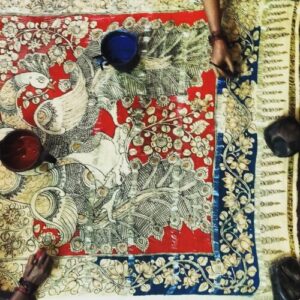
Kalamkari Printing
Kalamkari Printing Kalamkari Block Printing is an ancient style of
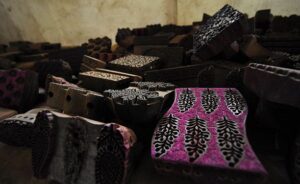
Bagh Block Printing
Bagh Block Printing Bagh Block Printing may be a traditional
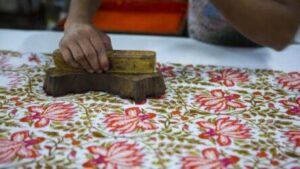
The Art of Block Printing and Wooden Printing Blocks
The Art of Block Printing and Wooden Printing Blocks Block
